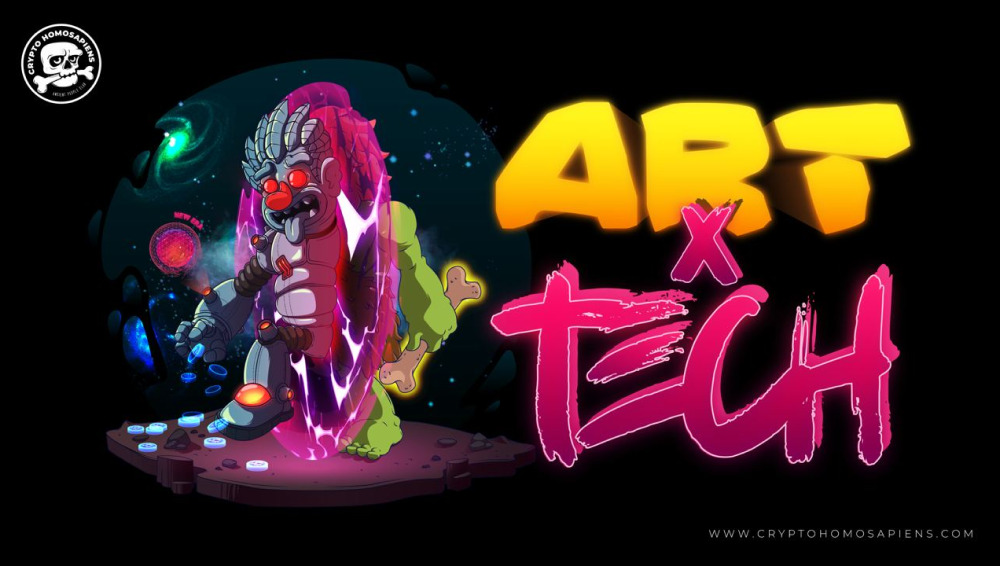Quick Summary:
- The $GNS token is the native token of the Gains Network.
- GMX is an arbitration and futures trading platform using the GMX token.
- dYdX has traded an astonishing 560 billion dollars since its inception in 2018.
- Perpetual Protocol began operating on the xDAI sidechain in 2020 and remains there to this day.
Various leveraged trading protocols currently available in DeFi will be briefly discussed and compared in this article.
GNS
The $GNS token is the native token of the Gains Network. The Gains Network began as Gains Farm in early 2021 as $GFARM2, a token on Ethereum. The $GNS token split from the $GFARM2 token in early 2021, and the protocol moved to Polygon in 2019. gTrade is the only product from Gains Network to date; v6 was just released and v7 is expected soon. Traders on the platform don’t need to own the assets they’re trading. Only DAI, which allows for more diverse trading options than all other platforms discussed later. To trade, the DAI vault and GNS/DAI pool provide liquidity for users. The conventional orderbook approach is replaced on the platform, resulting in the most cost-efficient model for all synthetic asset trading.
By eliminating the need for borrowing assets to fund long or short positions, users benefit from no funding fees for open positions. Furthermore, there are no ‘scam wick’ liquidations, the lowest fees for opening or closing positions across leverage trading platforms, and guaranteed stop losses owing to the pricing mechanism (a scenario in which stop losses are blown through and liquidate people on high-volatility days, to name just one example).
GMX
GMX is an arbitration and futures trading platform using the GMX token. Although GMX is a relatively unknown project, it has become more popular and well-known over the last six months, partly due to its excellent performance relative to the market. The GMX platform is a decentralized spot and perpetual exchange that has Arbitrum and Avalanche live. It is a low-swap-fee, no-price-impact spot and perpetual exchange. Spot trading is supported by a wide range of market makers, swap fees, and leverage trading. Chainlink oracles and volumes from top volume exchanges dynamically set the price. GMX enables two primary functions: leveraged trading of spot assets (WBTC, ETH, LINK, UNI, AVAX, ETH BTC), as well as very low slippage/no slippage swaps between its index basket token, GLP.
dYdX
It’s the Goliath to everyone else’s David when it comes to decentralised leveraged trading/perpetual swap protocols. dYdX has traded an astonishing 560 billion dollars since its inception in 2018, the most of any protocol of this nature. It clears 1 billion dollars on most days, and nearly 10 billion dollars on high-volatility days. This is in stark contrast to the three other protocols discussed, which typically register less than 80 million dollars in daily GMX and gTrade volumes and less than 150 million in Perpetual Protocol. StarkEx, a ZK Roll Up implementation, is used as the basis for Starkware’s protocol. Starkware chooses this trade-off of ‘instant finality’ and gasless trading in order to have L2 composition. GMX and Bitmex, two traditional leveraged trading exchanges, function in much the same way, with cross-margin baked in. USDC is required for trading, and the 30+ assets are available for trade.
PERP
Perpetual Protocol began operating on the xDAI sidechain in 2020 and remains there to this day. v2 launched in late 2021 on the Ethereum mainchain. The v2 documentation is the primary source of information. Their Medium posts cover perpetual swaps and derivatives and provide a good introduction to those ideas. Perpetual Protocol v2 has more composability thanks to its Uniswap v3 architecture, which could become quite popular thanks to its future possibilities.
Conclusion:
The variety of approaches to this sector and the rapid development of web3 make it impossible for any of the aforementioned tokens and protocols (and those not discussed) to be finalized. There will be a lot of changes in a few years. I hope I have provided you with a reasonable comparison of some notable protocols, so that you can make an informed decision.
Disclaimer: This article is provided for informational purposes only. It is not offered or intended to be used as legal, tax, investment, financial, or other advice.






